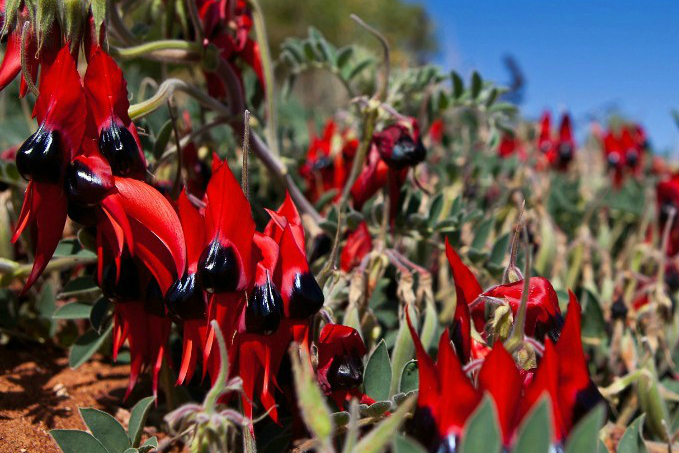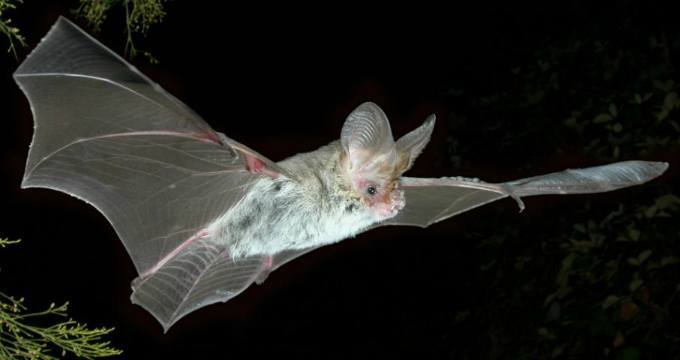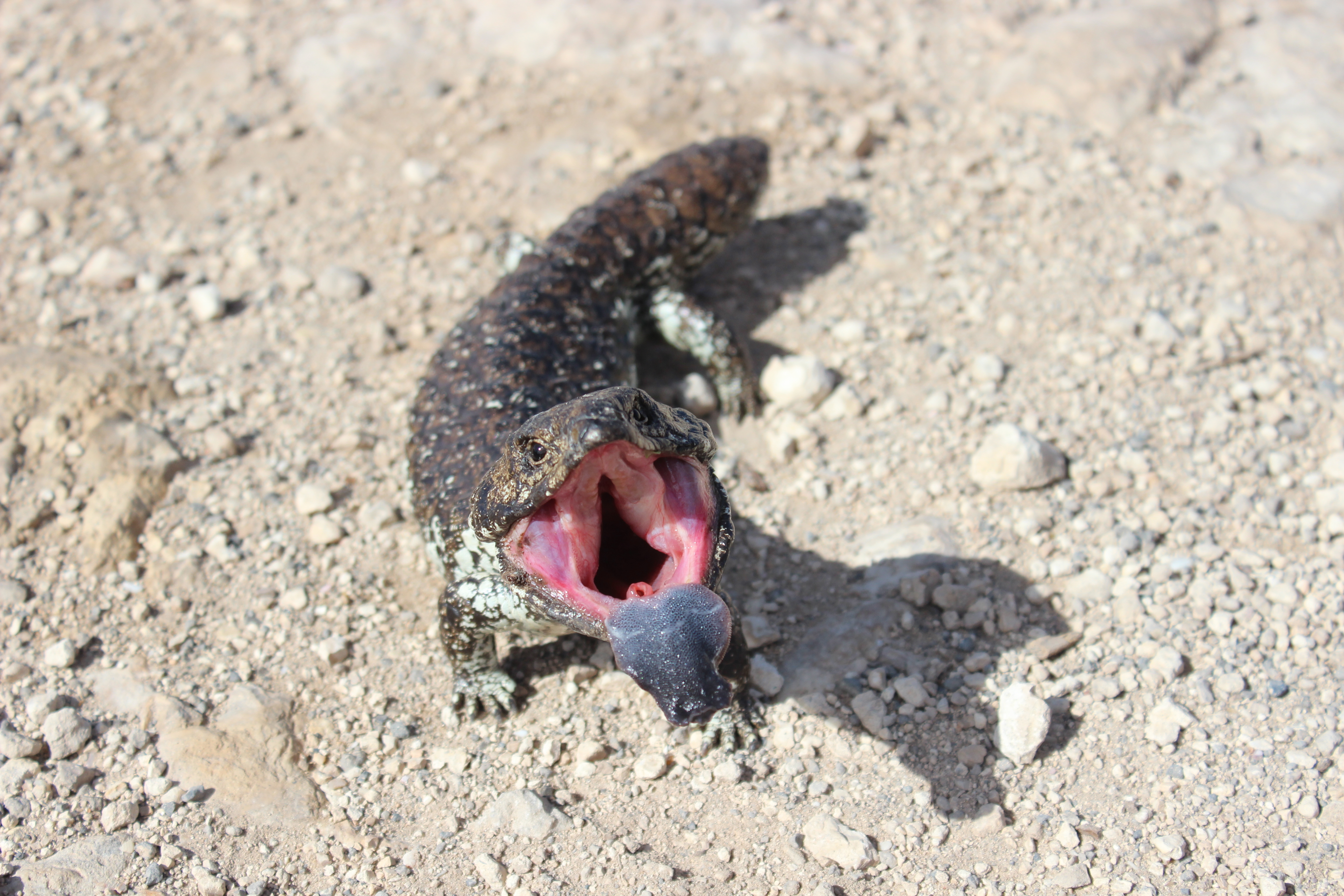It might feel like it’s been a long and cold winter, but don’t despair – spring is here, which means blue skies and warmer days are well and truly on the way.
Nature gives us lots of hints when the seasons are changing. Certain flowers begin to bloom and some of our most-loved wildlife species begin to emerge from their winter hideaways.
Our friends at Good Living have written about the 5 tell-tale animal and plant behaviours to look out for when spring has sprung – here’s what they had to say:
1. Flowering wattle
Australia’s national flower is blooming in parks, gardens and on roadsides. There are close to 1000 species of wattles, or acacias, in Australia making them the country’s most common flowering plants. Some early blooming varieties have been covered in their trademark fluffy yellow blossoms since the beginning of August, and others will continue to flower throughout spring. Wattles make beautiful garden plants and come with the bonus of providing habitat and food for native birds, animals and insects. More than 100 species of wattle are native to South Australia – State Flora can help you choose the perfect one for your patch of paradise.

2. Nesting birds
Magpies are some of the most obvious nesters, with their territorial behaviour and love of parading around carrying nesting material like sticks and pet fur. The good news is that magpies only swoop for about 6 weeks, while their chicks are fledging. Check out our tips for surviving swooping season. Birds like owls, tawny frogmouths and kookaburras, as well as parrots like cockatoos, rosellas and lorikeets, raise their young in tree hollows instead of making nests, so you may see some squabbling over prime sites. If you’d like more birds visiting your garden, take a look at our handy guide.

3. Wildflowers
Native orchids and other gorgeous wildflowers are starting to pop up – everywhere from roadsides and reserves, to the state’s national parks.
Whether it’s poached egg daisies and desert peas in the arid parks to the north, or donkey orchids and peach heath in the Adelaide Hills, every patch of SA has its own special species to look out for.

4. Bats on the wing
During winter, microbats go into a deep sleep known as torpor, and begin to wake as the weather warms.
If you go camping, or if you’re lucky enough to have bats in your garden or local park, listen for the chirping sounds some species make.
Bats make wonderful garden tenants, chomping through anything up to their own bodyweight in insects every night.
Large bats, like grey-headed flying foxes, do not sleep through winter, but they do become more active as the weather warms up, because their favourite fruits and flowers become more plentiful.
Look out for them flying from their roost trees near the Adelaide Zoo at sunset.

5. Reptiles emerging
Like microbats, the sleepy lizards, skinks, geckos and dragons that call our parks and gardens home are beginning to wake up from their winter sleep.
As we get more sun, you’ll see them basking on flat rocks, concrete and sand.
They are also fond of lying on the road, because bitumen holds heat so well, so keep an eye out for them when driving.
Snakes will also begin to wake soon, a prospect that many people do not relish.
Keeping your yard clear of rubbish and overgrown grass is a good way to discourage them, as is controlling rats and mice, which are their favourite food.
Brush up on your knowledge now with these tips on keeping snakes away from your home, and what to do if you do find one.

This content was written and provided by Good Living, and has been reproduced on Green Adelaide’s website with their permission. You can keep up-to-date with Good Living’s stories, which aim to connect you with South Australia’s environment, by subscribing to their e-news.